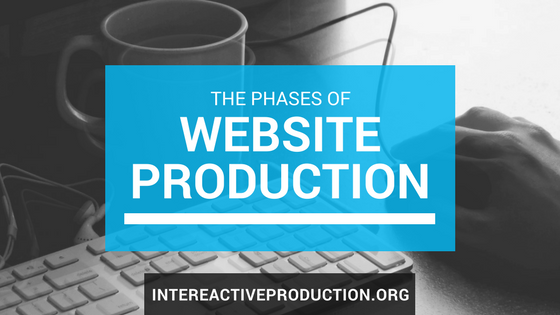This post will walk you through the different phases of website production. This approach is targeted towards experiential websites, not massive ecommerce platforms or other highly complex websites.
Here are the key phases to website production:
Phase 1: Briefing
Create a brief for the website that you want to create. Outline the key objective and audience for the website.
Phase 2: Concepting
After you’ve briefed the creative team, they should work on at least 3 high-level concepts to choose from. These concepts normally would include a few comps and a mood board.
Phase 3: Concept Approval
All key stakeholders agree on a concept.
Phase 4: Production Partner Selection
Depending on the size of the project you may want to speak to up to three different partners and receive bids from them.
Phase 5: SOW and Budget Approval
During this phase, you will create a SOW and agree on a budget and timeline with your selected production partner.
Phase 6: Look and feel
The very earliest stage of the design process. Here you will choose a general look and feel of the website. This part of the process includes general color palette, typography, etc. but is very limited in quantity (ie. 2-3 key pages)
Phase 7: UX Phase
The user experience phase is where you will create the blueprint for your website. These are not designs, but you will map out all the elements needed for each page and the intended functionality so that your designer can use them as a blueprint while designing.
Phase 8: Design Phase
Using the approved blueprint from the UX phase, your design team will design all necessary pages and elements (ie. button rollovers) based on the approved look and feel. I highly recommend that your designers use Sketch to make it easy on your developers.
Phase 9: Development
Now the designs have been handed off to the development team and the real fun begins. You should get at least two rounds to review your website in progress – Alpha and Beta review. The alpha is essentially an early sneak peek where the Beta should be a fully functional version with a few bugs.
Phase 10: QA
The QA (quality assurance) phase allows you to identify and fix any bugs that you may encounter. Be sure to make sure you are checking your site on all browsers and devices. Ghostlab is a great tool to check cross-browser compatibility. Be sure that you are also stress-testing your hosting service as well. There is nothing worse than your site crashing on launch and wasting a bunch of media dollars.
Phase 11: Adaptations
Create versions in any other languages that you plan to optimize your size for.
Phase 12: Launch
Ideally, you’ll have a strategic plan in place when you launch your site that includes a media spend or partnership with key influencers to drive traffic to your site.
Phase 13: Optimization
Make any small post-launch tweaks after you’ve checked the analytics to see how people are actually using your site.
What’s the phase that trips you up the most?

